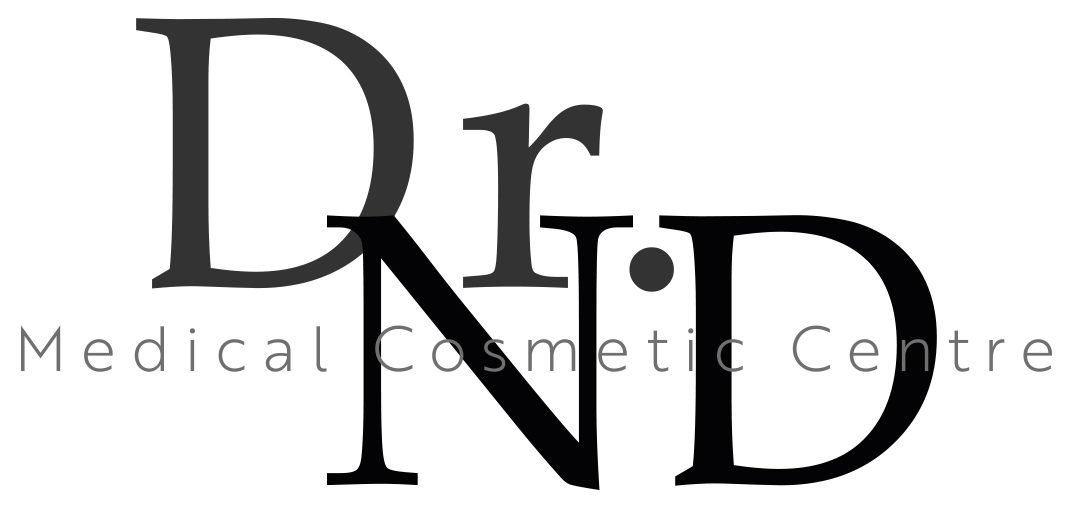Just like every other branch of medicine, cosmetic medical procedures have changed – and improved – significantly over the course of the past decade, let alone a century. The first documented plastic surgery was a breast augmentation performed in 1895; since then, cosmetic procedures have gradually improved and become safer, and consequentially, more popular.
Cosmetic procedures after the war
After the great tragedies of the first and second world wars, cosmetic surgery technology made progress in leaps and bounds as scientists raced to discover treatments for a number of injuries suffered by soldiers at war. This included pioneering skin grafting techniques used to treat burns; while this field is generally known as ‘plastic surgery’, many of the techniques developed during this time have been borrowed and developed by cosmetic surgeons since. Throughout the 1940s and 50s, surgeons focused on cleft palates, rhinoplasty, and other facial reconstructive procedures.
The rise of liposuction
As the aftermath of the war began to recede, surgeons began to focus more on cosmetic procedures rather than reconstructive ones. With this, the 1960s and 70s saw the introduction of the silicone breast implant, and breast augmentation became popular around the world. By the 1980s, breast implants were a much-improved procedure, and a new crowd favourite – liposuction – was on the rise. In the 1990s, over a million liposuction operations were successfully performed in the US alone. By 2000, true ‘cosmetic’ surgery had well and truly found its feet.
Natural is best
One of the most noticeable improvements has been largely invisible, rather, it’s how unnoticeable cosmetic surgery is these days. Complementary procedures offered alongside ‘traditional’ procedures give much more natural results than the comparatively simplistic results of two decades ago. For example, nowadays, a cosmetic clinic would rarely offer a facelift without also recommending some kind of volume replacement treatment, such as cheek fillers.
Modern innovations
Cosmetic surgery has also become gradually much less invasive. Today, some of the most popular procedures are non-invasive procedures like Botox and non-surgical facelifts. Body contouring procedures have also become a popular option for patients who want to avoid invasive surgery. As for surgery, one of the biggest game-changers in the history of plastic surgery was the introduction of the endoscope in the 2000s; this allowed for what we call ‘keyhole surgery’, a modern kind of surgery which is both minimally invasive and leaves little to no scarring.
The cosmetic surgery of today has little in common with prototype surgeries of the early 1900s, and yet it’s easy to trace a line from one to the other. Luckily for us, today’s cosmetic surgery has improved in just about every way, which explains the growing popularity of cosmetic procedures every year.

